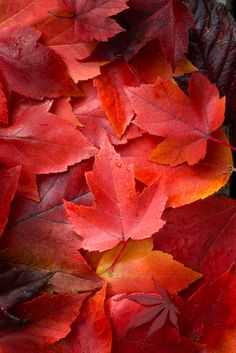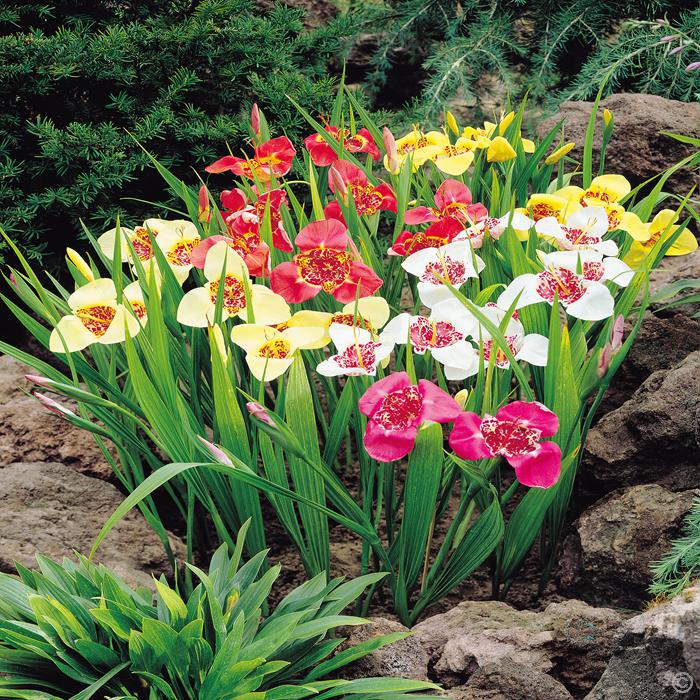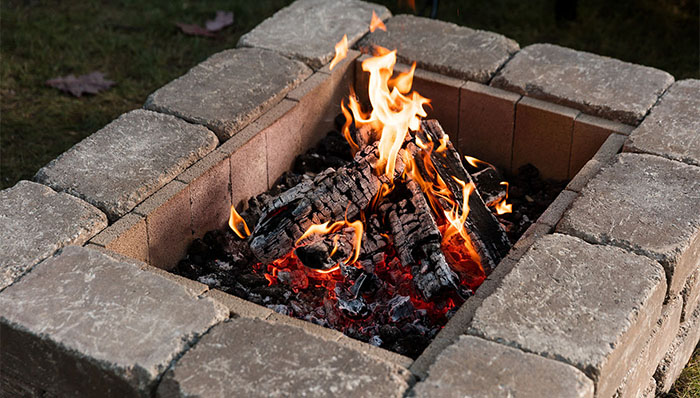Late Blooming Beauty For Your Fall Garden
By: Lauren M. Liff for Dabah Landscape Designs
Chelone lyonii also known as Lyon’s turtlehead or pink turtlehead is a great way to add wonderful color and a unique twist to your garden late in the season. The turtlehead’s name stems from a story in Greek mythology where a nymph (named Chelone) refused to attend the wedding of Zeus and Hera, the gods punished her by turning her into a turtle. However, I’m sure she would be honored to have such an interestingly beautiful flower named after her! The turtlehead adds seasonal interest to your garden with not only its unique blossoms but its thick foliage as well. As the flowers of summer start to fade, this beauty is just getting started.
The turtlehead features rose-pink flowers set on terminal spikes piping out of thick, deep green lustrous foliage. The name “turtlehead” refers to the flowers that slightly resemble a turtle’s head, similar to the hooded flower of the snapdragon. They have pink corollas that have lower lips covered in a slightly yellow beard. The foliage is ovate and coarsely-toothed – the leaves are about 3 to 6 inches long with slender petioles, rounded bases and pointed tips.
It can grow to be 2 to 4 feet tall and is easily groomed to have a bushy habit simply by practicing regular pinching. It can also be kept slightly shorter if you pinch back the stem ends in the spring. Being deer resistant, a pollinator favorite as well as being adored by butterflies, makes the turtlehead a late season perennial favorite. When designing your shade garden, accompany Chelone with Heuchera Americana, Polystichum acrostichoides, Solidago rugosa ‘Fireworks’, Lobelia siphilitica and Conoclinium coelestinum for a true late season combo.
Chelone thrives in moist soil and light shade, however it can become slightly drought tolerant once it’s established. They prefer humusy soils along with well-composted leaf mulch – this will come in handy if you are growing you’re Chelone is growing in a sunnier spot. If you are decide to plant your turtlehead in a full shade area, keep in mind that your plant is more likely to need staking for support due to its build and mature height – however if planted in optimum conditions, staking will not be needed. Chelone spreads by slowly sending out rhizomes that will form large clumps – it is not considered to be invasive but it will self-seed in moist soils. It can be propagated by division, cuttings and by seed.
Chelone isn’t badly susceptible to most insects or diseases. It can succumb to mildew if it’s grown in soils that are kept mostly dry or if the air circulation in the surrounding area is poor – but when planted in its optimum environment Chelone can be an incredibly successful plant. It makes a great addition to shade and woodland gardens as well as bog gardens or surrounding a shaded pond. It can be used as a border plant and will make a fantastically interesting cut flower. When the weather grows colder and the bright colors of summer being to disappear, Chelone blossoms will pop and bring life back to your late season landscape.





































